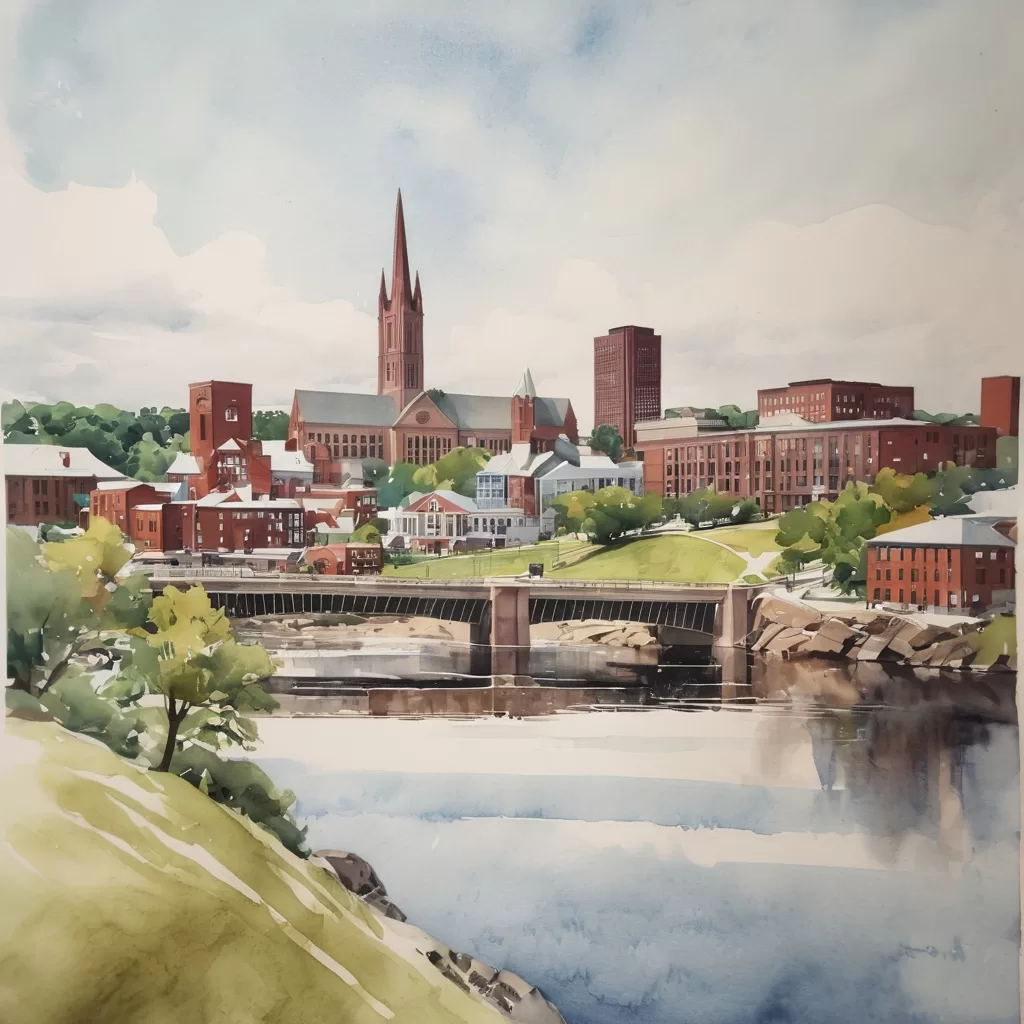Birding in Worcester: An Overview
Worcester, Massachusetts offers diverse birding opportunities due to its unique habitats and seasonal bird migrations. The area attracts numerous bird species, making it a rewarding destination for both novice and experienced birdwatchers.
Bird Habitats and Biodiversity
Worcester features a range of habitats, including wetlands, woodlands, and urban parks. Notable areas such as Broad Meadow Brook and the Ipswich River Wildlife Sanctuary provide essential environments for various bird species. These habitats support migratory and resident birds alike, contributing to the region’s rich biodiversity.
Birds commonly spotted include herons, hawks, and numerous songbirds. The city’s green spaces, like Elm Park, enable easy access to observe birds in their natural surroundings. Urban areas also witness avian life, as species adapt to cityscapes.
Additionally, climate change poses challenges for bird habitats, affecting migration patterns and breeding behaviors. Conserving local ecosystems is crucial for maintaining Worcester’s bird populations.
Seasonal Bird Watching Guide
Each season in Worcester brings different birdwatching opportunities. Spring sees the arrival of migratory birds from the south. This is an excellent time for spotting warblers and shorebirds along wetlands.
Summer offers the chance to observe nesting behaviors. Birds like the American Robin and Eastern Bluebird are actively raising their young.
In Fall, many species migrate south, creating opportunities for viewing large flocks preparing for their journey. Raptors, such as broad-winged hawks, can often be seen soaring above during this time.
Finally, Winter presents unique challenges, yet it reveals resident birds like cardinals and juncos. Bird feeders can attract these species, providing excellent viewing opportunities in colder months.
Understanding these seasonal patterns enhances the birdwatching experience in Worcester.
Essential Bird Watching Tools and Techniques
Bird watching is enhanced significantly with the right tools and techniques. Proper equipment and photographic skills can elevate the experience, enabling birders to observe and capture their favorite species effectively.
Choosing the Right Equipment
Selecting appropriate gear is crucial for bird watching. Binoculars are the primary tool for observing birds from a distance. A magnification of 8x to 10x is generally ideal, coupled with a wide field of view for spotting quick movements.
A good pair of binoculars should:
- Be waterproof and fog proof.
- Have a comfortable grip for extended use.
- Feature a lightweight design for ease of transport.
Additionally, a field guide can help identify various species, while birdhouses are excellent for attracting local birds to one’s property. Birdhouses can be customized, with specific designs catering to different species, making them a valuable tool for anyone interested in enhancing local biodiversity.
Photography Tips for Birders
Capturing photos of birds requires specific techniques to increase success rates. A camera with a telephoto lens is essential for photographing birds up close without disturbing them. A lens with a focal length of at least 300mm is recommended.
Key photography tips include:
- Use a fast shutter speed to freeze motion, especially for active species.
- Shoot during the golden hours (early morning or late afternoon) for optimal lighting.
- Be patient and quiet to avoid startling birds.
In addition to basic photography skills, using a tripod can stabilize the camera and improve image quality. Birders can also benefit from keeping a journal to log sightings and pair them with their best photos for better tracking and future reference.
Spotlight on Notable Bird Species of Worcester
Worcester, Massachusetts, is home to a diverse array of bird species. Birdwatchers can observe common backyard birds, various waterfowl and waders, impressive raptors and owls, as well as vibrant woodpeckers and songbirds throughout the region.
Common Backyard Birds
In residential areas, several bird species regularly visit feeders and gardens. The house sparrow is among the most common, often seen in flocks. Northern cardinals bring a splash of red to gardens, while the blue jay stands out with its striking coloration.
Black-capped chickadees, known for their distinctive call, are frequent visitors as well. Tufted titmice often accompany them, adding to the vibrant activity around feeders. Other notable species include the mourning dove, recognized for its soft cooing sounds, and house finches, which are frequently spotted foraging for seeds.
Waterfowl and Waders
Worcester’s ponds and lakes attract various waterfowl. The Canada goose is easily recognizable and often seen grazing on grassy areas near water. Additionally, both wood ducks and mallards can be observed swimming gracefully across the water.
Great blue herons frequent wetlands and are known for their impressive size and fishing skills. Other waders like terns often dive into water for fish, showcasing their aerial agility. Various habitats in the region provide excellent conditions for these species, making it a prime location for waterfowl observation.
Raptors and Owls
Worcester’s skies are home to several raptor species. The red-tailed hawk, often seen soaring above open fields, is a prominent figure in the area. Its sharp eyesight allows it to spot prey from great heights.
Barred owls are a common sight at dusk, known for their deep, haunting calls. They often inhabit wooded areas, blending into the surroundings. Other raptors like the American crow and common raven are also frequent in urban and suburban settings, showcasing adaptability to varied environments.
Woodpeckers and Songbirds
Worcester hosts a variety of woodpecker species that are fascinating to observe. The red-bellied woodpecker features a striking red crown, while the downy woodpecker is smaller and frequently found on trees. The magnificent pileated woodpecker, with its large size and loud drumming, can also be seen in wooded areas.
Songbirds like the American robin and yellow-rumped warbler are prevalent during migration, filling the air with their cheerful songs. The ruby-crowned kinglet and golden-crowned kinglet are small but vibrant species that attract attention from birdwatchers. These woodpeckers and songbirds contribute to Worcester’s rich avian diversity, making it a rewarding area for enthusiasts.
Share this content:

Post Comment
You must be logged in to post a comment.